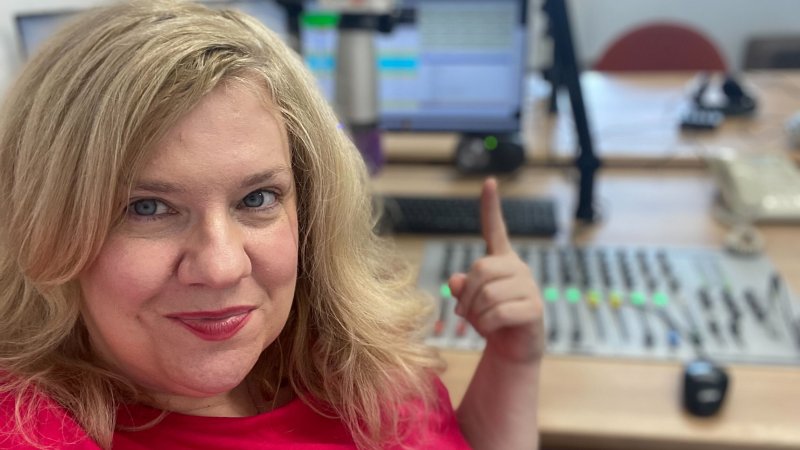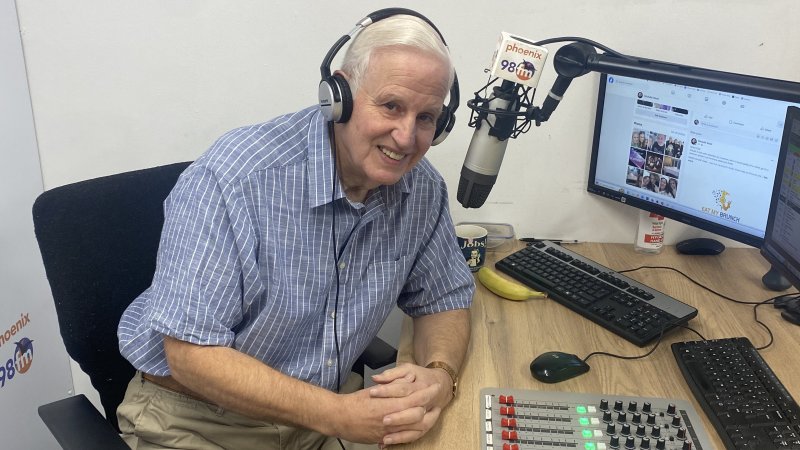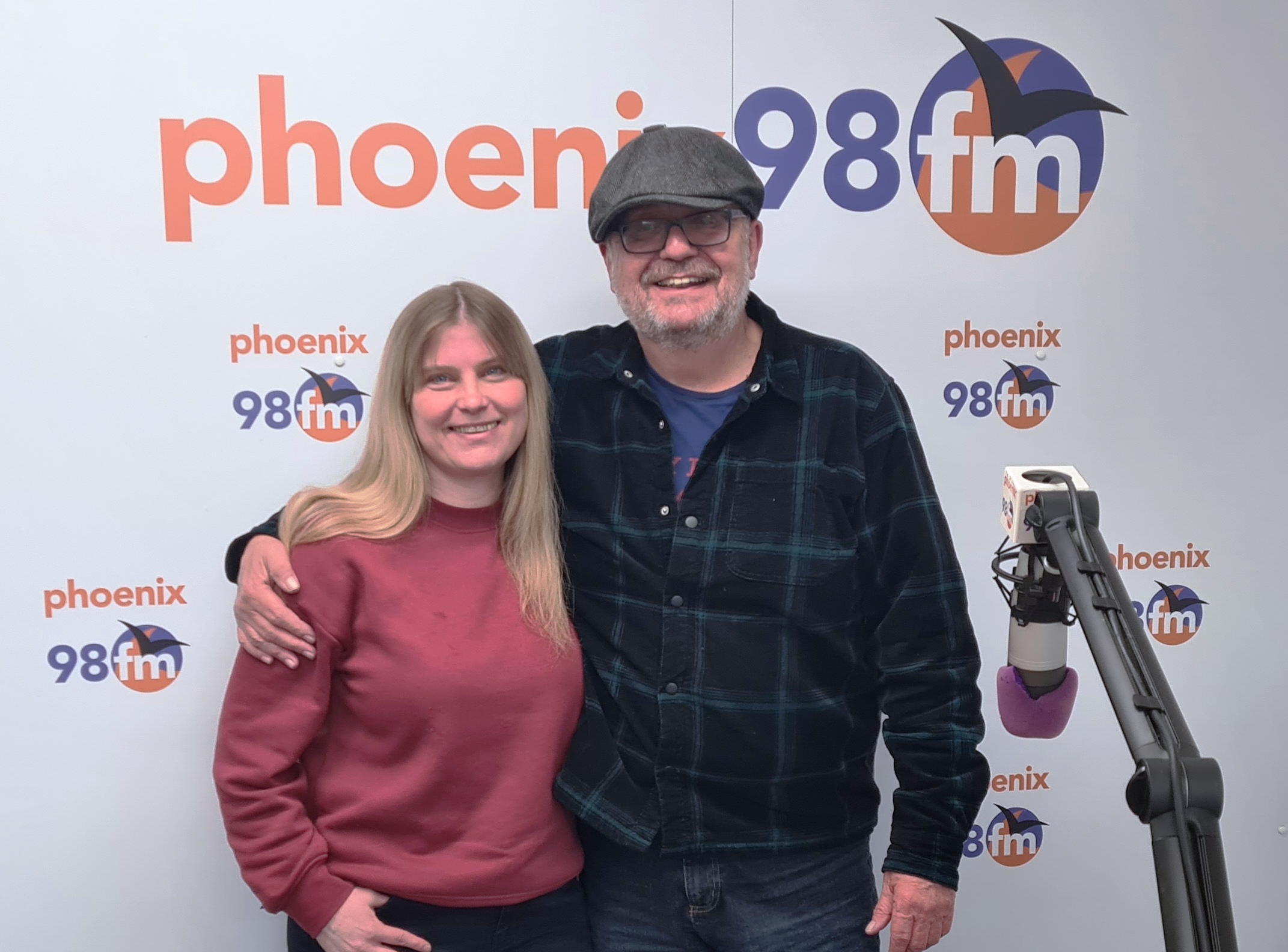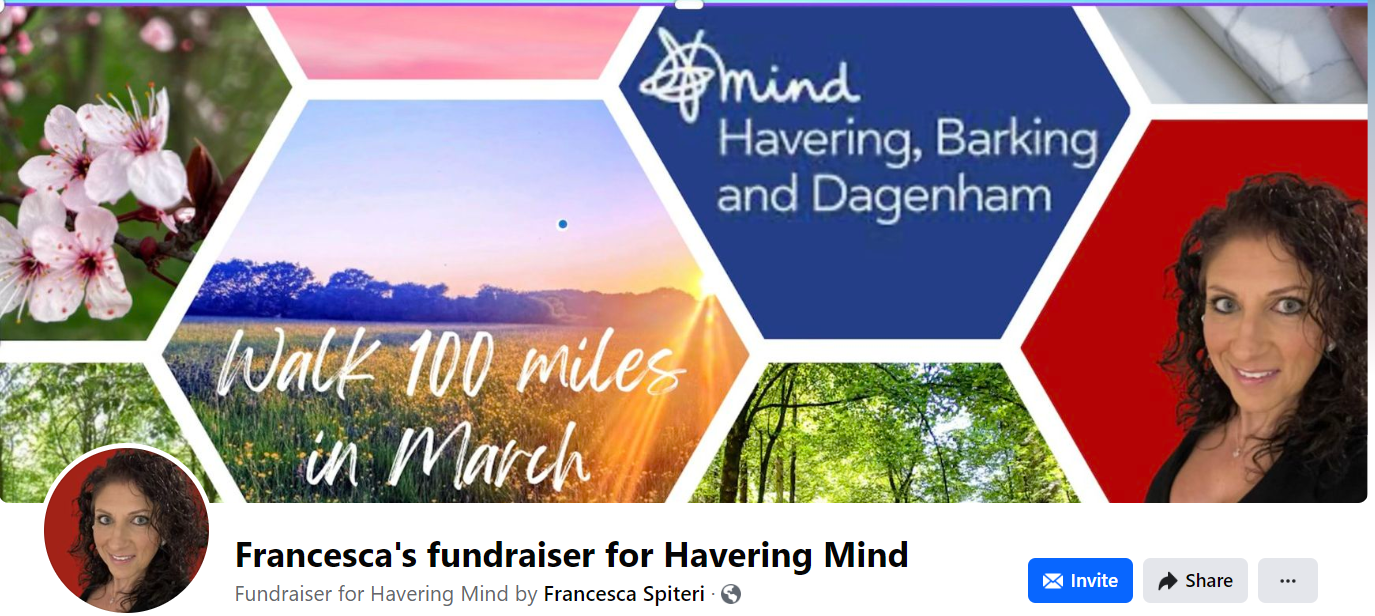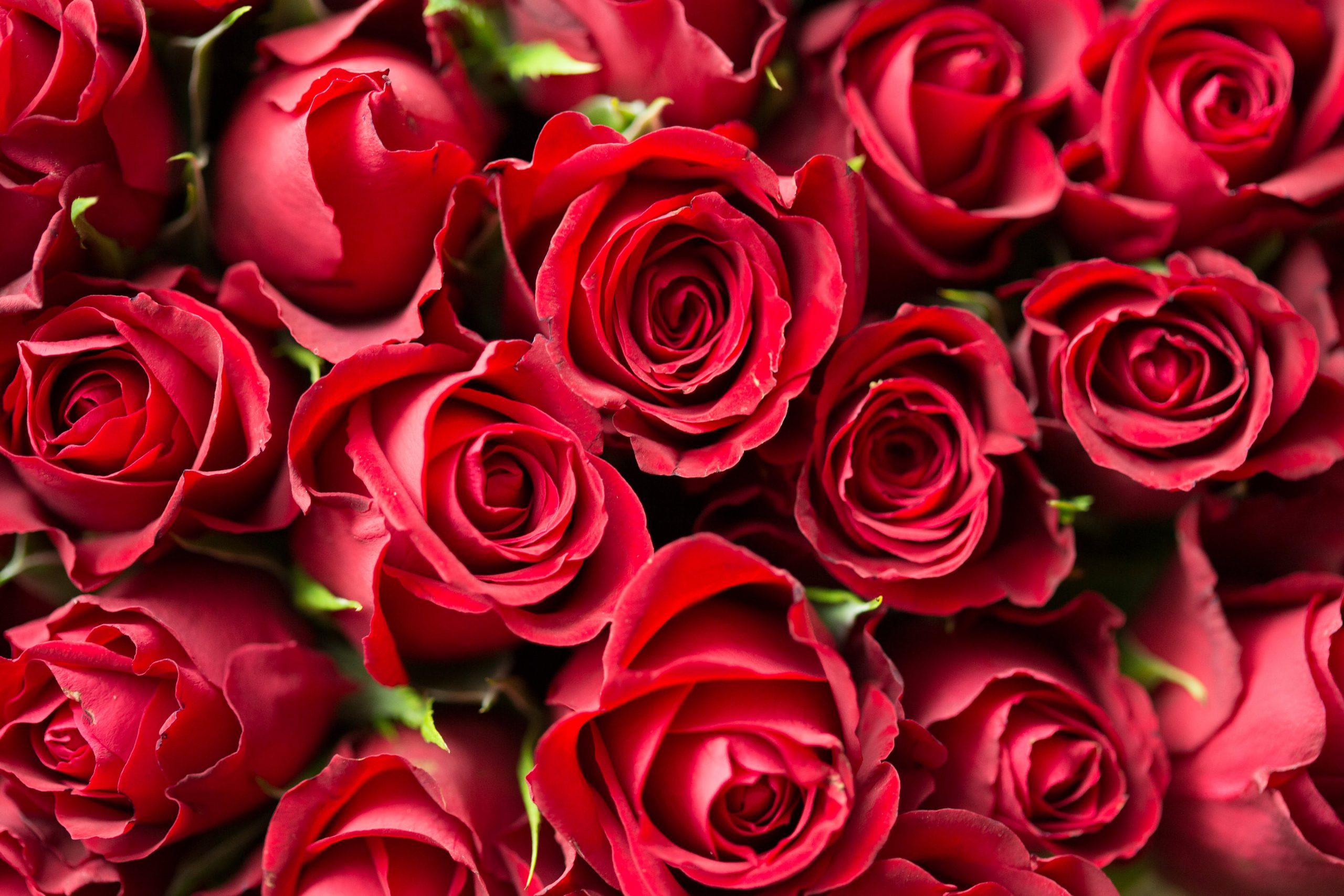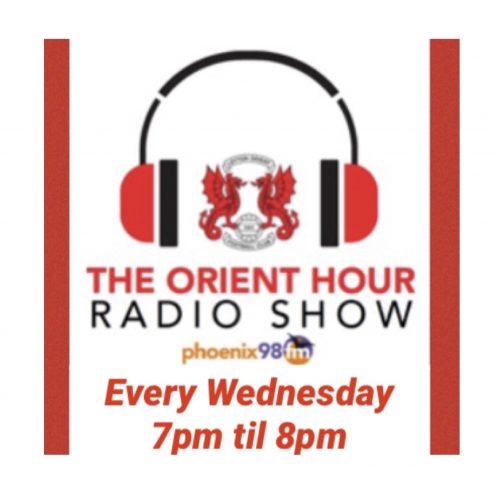Final Beatles episode today – From next week – The top 100 of the Eighties.
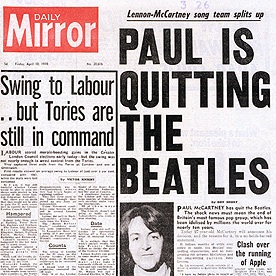
and in The End...
Yellow Submarine
The Yellow Submarine LP, issued in January 1969, contained only the four previously unreleased songs that had debuted in the film, along with the title track, “All You Need Is Love”, seven instrumental pieces composed by George Martin and “It’s All Too Much
Lady Madonna
Next came The Beatles, a double LP commonly known as the White Album for its virtually featureless cover. During the sessions for the White Album The Beatles recorded a new single Hey Jude.
Hey Jude
During recording sessions for the White album, relations among the band’s members grew openly divisive. Ringo Starr quit for two weeks, and McCartney took over the drum kit for “Dear Prudence” and “Back in the U.S.S.R.” (on which Harrison and Lennon drummed as well)
Back in the USSR
John Lennon had lost interest in collaborating with Paul McCartney, and tensions were further aggravated by Lennon’s romantic preoccupation with Yoko Ono, whom he insisted on bringing to the sessions despite the group’s well-established understanding that girlfriends were not allowed in the studioGlass Onion
McCartney recalled that the album “wasn’t a pleasant one to make.” Both he and Lennon identified the sessions as the start of the band’s break-up.
BlackBird
Issued in November, the White Album attracted more than two million advance orders, selling nearly four million copies in the US in little over a month.
While My Guitar Gently Weeps
Although “Let It Be” was the band’s final album release, it was largely recorded before Abbey Road. Martin said the project was “not at all a happy recording experience. It was a time when relations between The Beatles were at their lowest”. Lennon described the largely impromptu sessions as “hell … the most miserable … on Earth”, and Harrison, “the low of all-time”.
Let it Be
Aggravated by both McCartney and Lennon, Harrison walked out for five days. Upon returning, he threatened to leave the band unless they “abandoned all talk of live performance and instead focus on finishing a new album, initially titled Get Back, using songs recorded for the TV special. He also demanded they cease work at Twickenham and relocate to the newly finished Apple Studios. The other band members agreed, and the idea came about to salvage the footage shot for the TV production for use in a feature film.
What would be their final live performance was filmed on the rooftop of the Apple Corps building at 3 Savile Row, London, on 30 January 1969.
Get Back
New strains developed between the band members regarding the appointment of a financial adviser. Lennon, Harrison and Starr favoured Allen Klein, who had managed the Rolling Stones and Sam Cooke; McCartney wanted John Eastman, brother of Linda Eastman, whom McCartney married on 12 March (eight days before Lennon and Ono wed). Ballad of John and Yoko
Martin said he was surprised when McCartney asked him to produce another album, as the Get Back sessions had been “a miserable experience” and he had “thought it was the end of the road for all of us”. The primary recording sessions for Abbey Road began on 2 July.
Come Together
Lennon wanted his and McCartney’s songs to occupy separate sides of the album. The eventual format, with individually composed songs on the first side and the second consisting largely of a medley, was McCartney’s suggested compromise. Lennon announced his departure to the rest of the group on 20 September, but agreed to withhold a public announcement
Released six days after Lennon’s declaration, Abbey Road sold four million copies within three months and topped the UK charts for a total of seventeen weeks. Its second track, the ballad “Something”, was issued as a single—the only Harrison composition ever to appear as a Beatles A-side.
Something
For the still unfinished Get Back album, one last song, Harrison’s “I Me Mine”, was recorded on 3 January 1970. Lennon, in Denmark at the time, did not participate. In March, the project, now retitled Let It Be, was given to producer Phil Spector. In addition to remixing the material, Spector edited, spliced and overdubbed several of the recordings that had been intended as “live”. McCartney was unhappy with the producer’s approach and particularly dissatisfied with the lavish orchestration on “The Long and Winding Road”, which involved a fourteen-voice choir and thirty-six-piece instrumental ensemble. McCartney’s demands that the alterations to the song be reverted were ignored, and he publicly announced his departure from the band on 10 April 1970.
The Long and Winding Road
On 8 May the Spector-produced Let It Be was released. Its accompanying single, “The Long and Winding Road”, was the band’s last; it was released in the United States, but not Britain. The Let It Be documentary film followed later that month. Sunday Telegraph critic Penelope Gilliatt called it “a very bad film and a touching one … about the breaking apart of this reassuring, geometrically perfect, once apparently ageless family of siblings
As John Lennon said, The Beatles were just a band, but they were much else as well. They were the soundtrack to my childhood and early teens. They influenced the shape of music to come and artists of the future. They were an influence on social change throughout the world, and they left us not only with a catalogue of some of the best music on the planet, but a message of love. Love is all you need, and in the end, the love you take, is equal to the love you make.
Mean Mr Mustard/Polythene Pam/She Came in Through The Bathroom Window/Golden Slumbers/Carry That Weight/The End
Free as a Bird
Real Love






